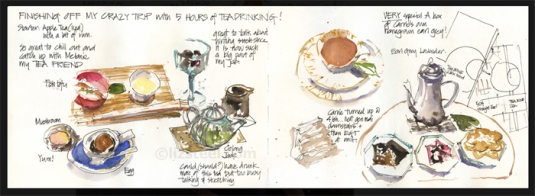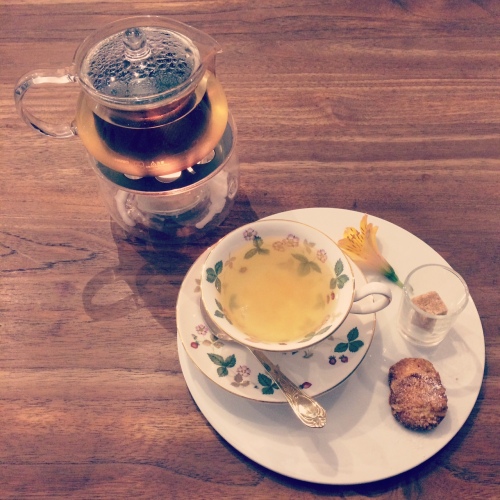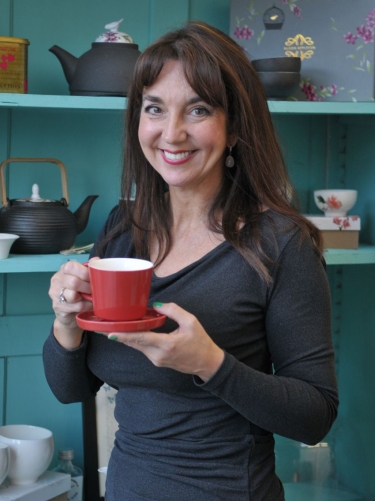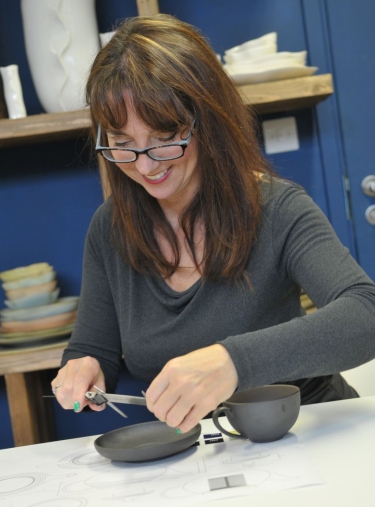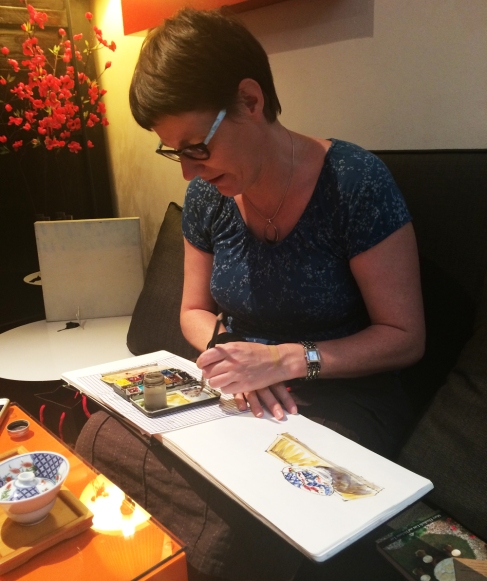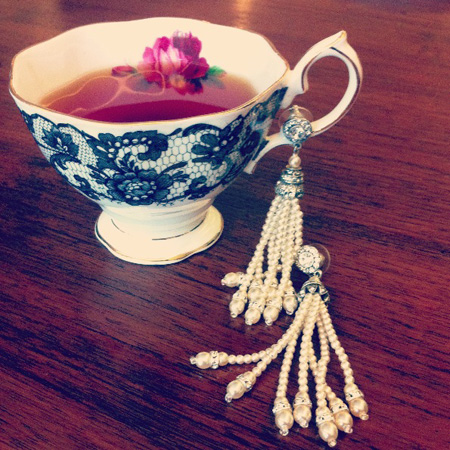
I recently met this lovely couple, Shii Hua and Pete, at a tea gathering and was intrigued by their tea business story. They currently run Tea Bunnies, which is the exclusive distributor for Monsoon Tea in Singapore and Hong Kong.
Monsoon Tea carries Thai tea from wild and free-grown tea plants in Chiang Mai. This traditional non-invasive cultivation method has been carried out by Thai tea farmers for generations. As such, Monsoon teas are free from herbicides and pesticides. Best if I let Shii Hua fill you in from here 🙂
Hi Shii Hua, can you tell us more about Tea Bunnies?
Tea Bunnies Pte Ltd was set up in January 2017 by a group of like-minded individuals who are passionate about teas and the sustainability towards our environment and local communities. We are the exclusive distributor for Monsoon Tea in Singapore and Hong Kong and I am the General Manager for Tea Bunnies.
How did you discover wild tea in Northern Thailand?
In 2011, Pete and I left the corporate life and spent about five years as full-time volunteers for a NGO based in Chiang Mai Thailand, coaching and providing education to underprivileged children. As many of the children are from Northern Thailand, we spent much time in the northern region. During this time, we met Kenneth Rimdahl who is the founder of Monsoon Tea in Chiang Mai. Besides being a tea connoisseur, Kenneth is just as passionate about protecting the environment via sustainable tea farming methods. He shared with us about the many free-grown and wild tea trees in the forests of Northern Thailand.

Why did you want to get involved with Monsoon Tea?
In the recent years, climate change has brought about much impact not only to our lifestyle but also the biodiversity. We love nature and animals, and we feel strongly that we should help to protect our environment. Monsoon Tea’s concept of sustainability extends beyond responsible farming and protecting the forests, but also empowering the minority tribes in Northern Thailand to maintain their traditional lifestyle. We feel strongly that we can make a positive impact to both the environment and community by adopting sustainability as our purpose for the tea business.
As such, we decided to set up Tea Bunnies to distribute quality teas from growers who are equally committed to creating sustainable communities with minimal impact to the environment.
What is Monsoon Tea’s process for sourcing, producing and packaging the tea?
Monsoon Tea source our teas from tea farmers who have age-old Miang plantations or access to wild tea trees and shared knowledge to the farmers to produce good tasting teas. As the exclusive distributor for Monsoon Tea in Singapore, we also sourced extensively for biodegradable packaging which have minimal impact to the environment.

How does Monsoon Tea stand out from other local tea brands in Singapore?
While sustainable teas are not new to the Singapore market, free-grown and wild teas harvested from the forests are rare and few. Our key motto “Growing in Harmony with Nature” illustrates our sustainability concept in protecting our forests against deforestation, protecting natural wildlife habitat and preserving our biodiversity. As such, our teas are natural and free from pesticides.
What have you learned about the tea business?
The tea market in Singapore is saturated and very competitive. Given the fact that some of our teas are available only on a seasonal and limited basis, it has been hard to manage the inventory. Many consumers in Singapore are also more accustomed to drinking teas from China and Japan, and are unfamiliar with teas from the forest of Northern Thailand. There is a lot of education and awareness on sustainable teas to be done.
Why is sustainable tea meaningful to you?
Monsoon Tea’s concept of sustainability extends beyond responsible farming and protecting the forests but also empowering the minority tribes in Northern Thailand to maintain their traditional lifestyle. We feel strongly that we can make a positive impact to both the environment and community by adopting sustainability as our purpose for the tea business.
Cultures should be preserved, without losing the traditions, especially in a time where technology is so advanced and people are beginning to abandon old traditions. This way, it helps the local communities to preserve their traditions while also generating income and transmitting tea farming skills.
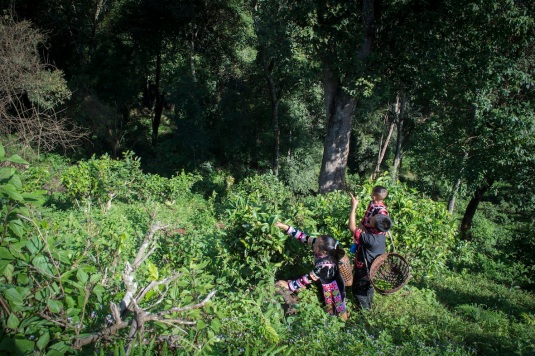
Where can we find Monsoon teas in Singapore?
You can buy our teas from our online shop
Our Jungle Oolong is also available at Sun Ray Café.
Look out for updates and events on our FB page
What is your favourite Monsoon Tea and why?
Jungle Oolong. This wild tea is picked only once per year and produces only up to 100kg a year. It is a special tea with an interesting fruity taste and a lingering sweet honey note.

Images courtesy of Tea Bunnies





